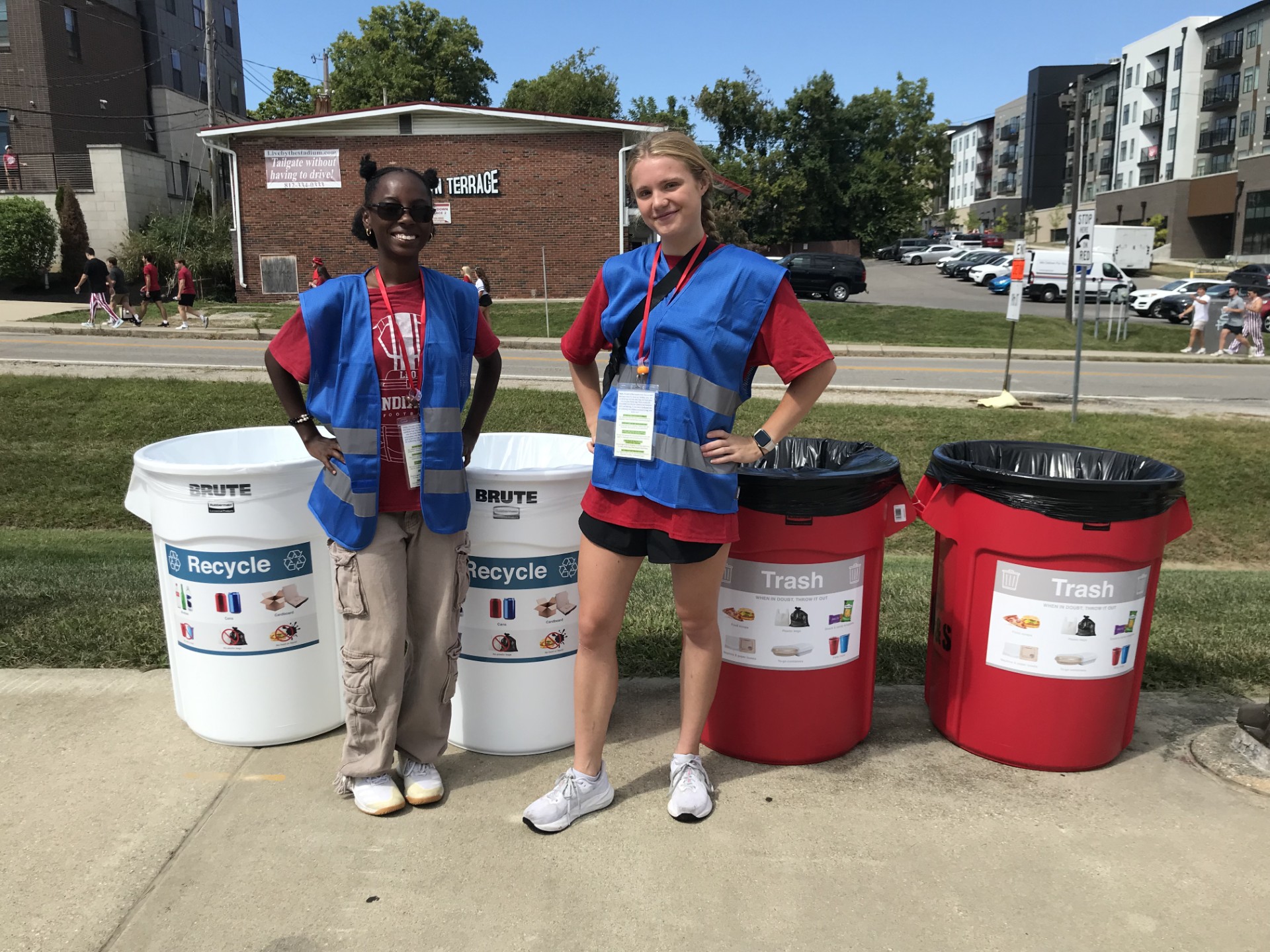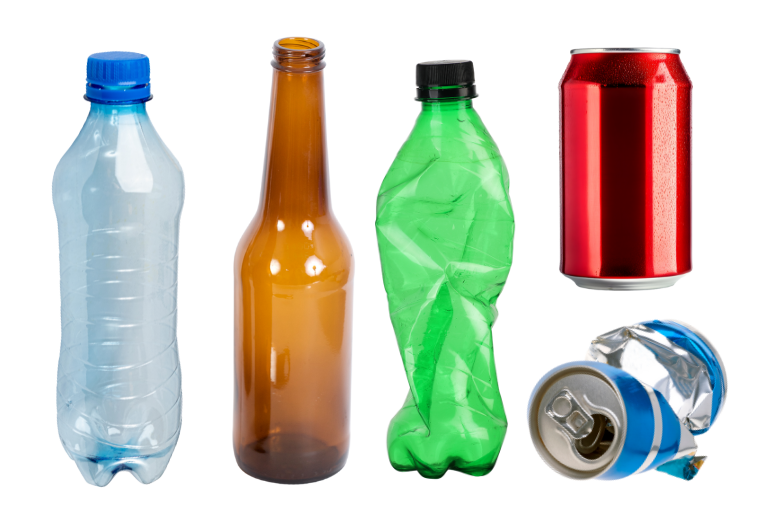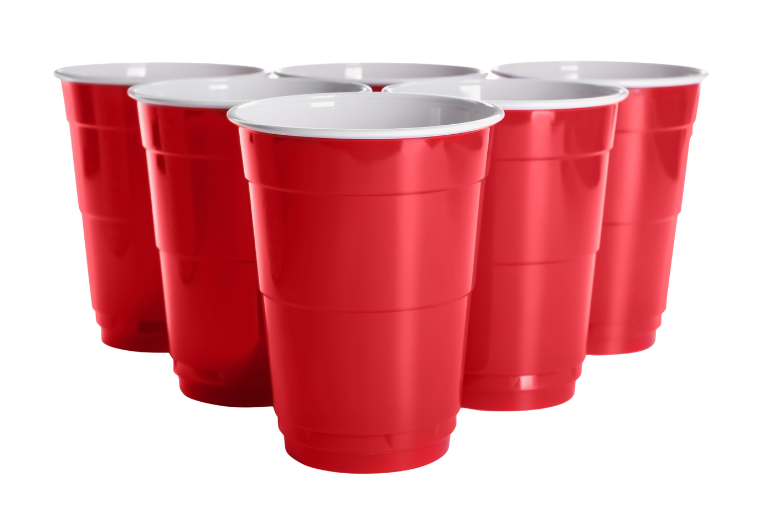Hoosiers know how to bring the excitement on game day—filling Memorial Stadium with cheers, serving up tailgate classics, and turning parking lots into a sea of crimson and cream. While the enthusiasm is high, so is the volume of waste left behind—much of it recyclable. To help fans recycle smarter, the Office of Sustainability partnered with Facility Operations and IU Athletics to roll out improved waste collection infrastructure and clearer signage across tailgating areas. Student volunteers have also been on the ground on gameday, helping fans navigate what items can be recycled and which are trash. Hoosiers have been doing a great job recycling the commonly generated items: bottles, cans, and cardboard, but the student recycling crew has noticed a few opportunities for improvement.


Below are three frequent recycling fumbles–and how to avoid them–to keep sustainability efforts strong this football season.
Fumble #1: Not emptying drink containers

Leftover liquids in bottles and cans create problems throughout the recycling process. First, they make recycling bags significantly heavier, adding strain for staff who collect and transport them. Second, spilled liquids accumulate during transit, leading to sticky, unpleasant messes. Finally, at the recycling facility, containers filled with liquid can disrupt the sorting machinery, as they don’t move through the system like empty ones do.
Do this instead:
Before recycling, make sure all drink containers are empty. Recycling containers are available at all stadium entrances to collect empty cans and bottles.
Fumble #2: Recycling party cups

It’s easy to assume that colored party cups are recyclable—especially since many display the recycling symbol on the bottom. However, most opaque party cups, including popular brands, are made of polystyrene (#6 plastic). While technically recyclable under special conditions, polystyrene is difficult and costly to process, and most recycling facilities—including IU’s vendors—do not accept it.
Do this instead:
Before tossing a cup in the recycling bin, check the recycling symbol. If it has a “6” inside the chasing arrows, it belongs in the trash. To reduce waste, consider using clear recyclable cups or reusable options at future events.
Bonus tip: Check out Rumpke’s Ultimate Guide for Recycling Signs & Symbols for insight on what plastics are typically recyclable. Knowing what your local facility recycles can help eliminate confusion.
Fumble #3: Not breaking down boxes

Cardboard boxes take up valuable space in recycling bins when they’re left intact, which may lead to overflow and increased transportation needs for waste pickup. Flattening boxes before recycling helps maximize bin space and improves collection efficiency. It’s also important to remove any non-recyclable packaging materials, such as bubble wrap and packing foam.
Do this instead:
Before placing boxes in a recycling bin, break them down completely and trash any non-recyclable packing material.
Conclusion
Recycling right doesn’t have to be complicated. Small habits—like emptying drink containers, avoiding non-recyclable cups, and flattening boxes—go a long way in preventing contamination and keeping recycling efforts efficient.
The playbook: focus on the major recyclables commonly found on game day: empty bottles, cans, and cardboard. Just as every yard counts in football, every correctly recycled item moves the campus closer to a sustainability win.
Join the student tailgate recycling crew Read more sustainability news

